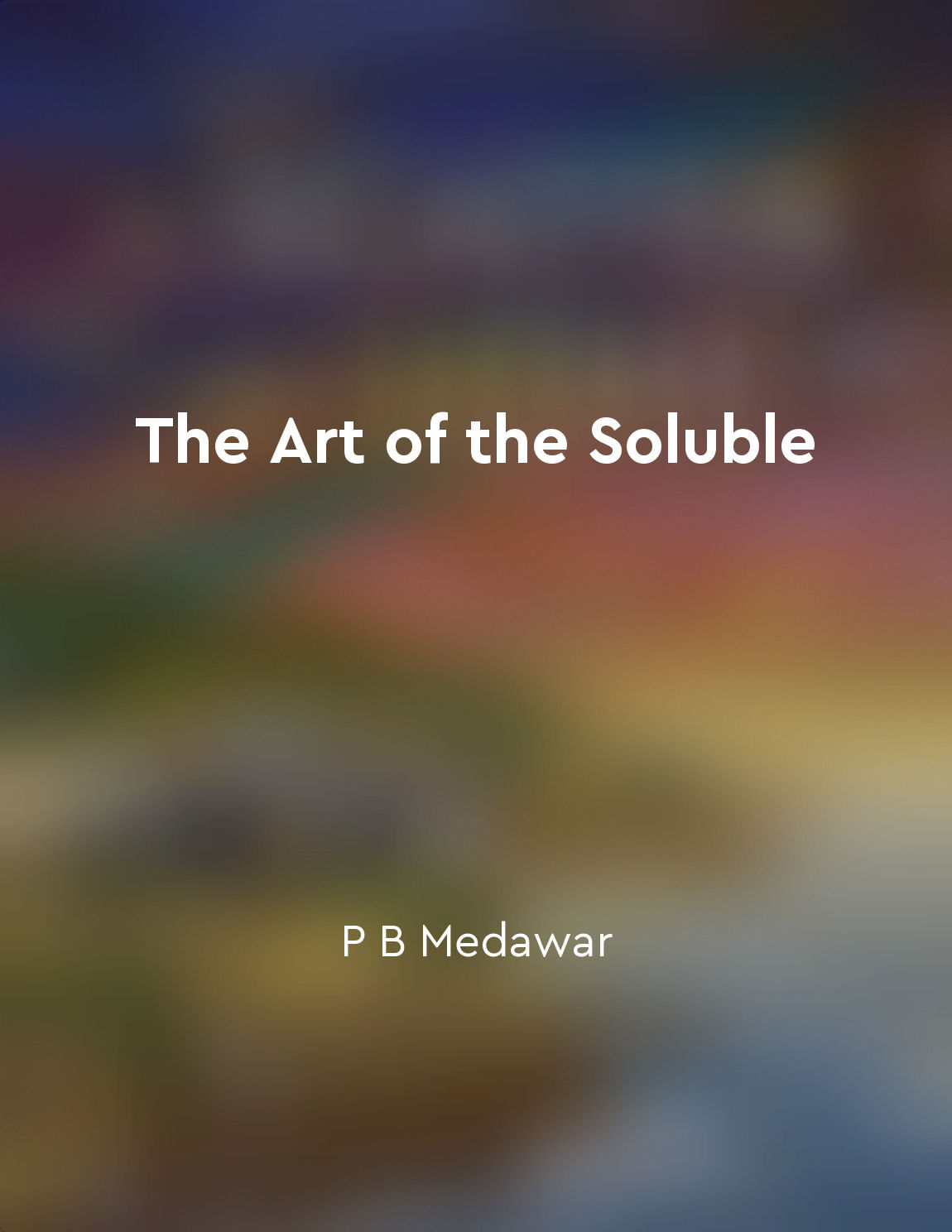New paradigm replaces old paradigm from "summary" of The Structure of Scientific Revolutions by Thomas S. Kuhn
In the progression of scientific thought, the concept of a new paradigm emerging to replace an old paradigm is fundamental. This process is not simply a matter of one theory being proven wrong and another being proven right. Rather, it involves a shift in the fundamental assumptions and beliefs that underlie scientific inquiry. A paradigm can be thought of as a set of accepted beliefs, methodologies, and practices that govern scientific research within a particular field. These paradigms provide a framework for scientists to interpret data, formulate hypotheses, and conduct experiments. Over time, however, anomalies and discrepancies may arise that cannot be explained within the existing paradigm. When these anomalies become too numerous or too significant to be ignored, scientists may begin to question the validity of the prevailing paradigm. This can lead to a period of crisis in which competing theories and interpretations are put forward in an attempt to make sense of the conflicting data. Eventually, a new paradigm may emerge that offers a more coherent and comprehensive explanation for the observed phenomena. This new paradigm may incorporate elements of the old paradigm, but it will also introduce new concepts, methods, and assumptions that fundamentally alter the way scientists view the world. The process of paradigm shift is not always smooth or straightforward. Scientists who are committed to the old paradigm may resist the adoption of the new paradigm, leading to conflicts and controversies within the scientific community. However, over time, the weight of evidence and the persuasive power of the new paradigm may become overwhelming, leading to its eventual acceptance and the replacement of the old paradigm. In this way, scientific knowledge progresses through a series of revolutions in which old ways of thinking are replaced by new ways of thinking. These revolutions are not simply a matter of incremental progress or the accumulation of new facts, but rather represent a fundamental reordering of scientific thought and practice. By understanding the dynamics of paradigm shift, we can gain insight into the nature of scientific progress and the ways in which knowledge is constructed and validated within the scientific community.Similar Posts
The necessity of error correction in problemsolving
In order to advance our understanding and solve problems effectively, it is imperative that we embrace and actively engage in e...
The use of scientific methods
Scientific methods are the tools we use to find out about the world. They are the ways we discover truths about reality. These ...
Thales proposed water as the fundamental substance
Thales, an ancient Greek philosopher from Miletus, put forth the radical idea that water was the fundamental substance from whi...
Different paradigms create different scientific worlds
In the world of science, different paradigms not only shape the way we view the world, but also create distinct scientific worl...

The natural world is governed by laws that can be understood through observation and experimentation
The idea that the natural world operates according to discernible laws that can be uncovered through careful observation and co...
